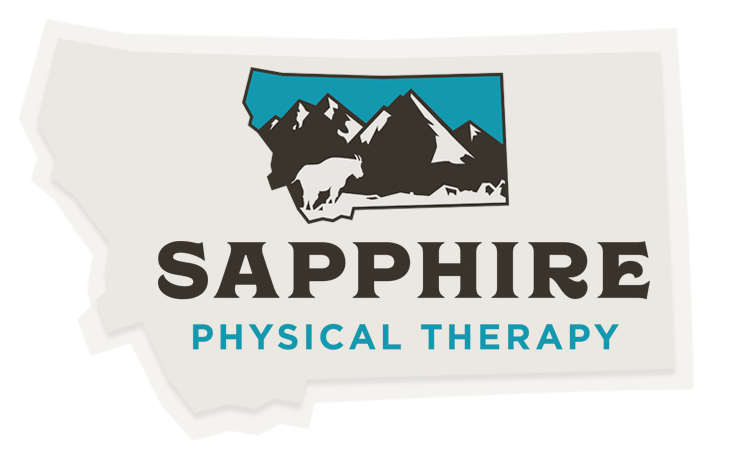Returning to Run Postpartum
When we have surgery or have a common orthopedic injury, there are typically protocols and guidelines for physicians and physical therapists to follow to determine the best plan of care moving forward. However, when it comes to recovering after having a baby, there are little guidelines and research to help guide the recovery process. As we continue to increase awareness surrounding the lack of information related to this, it is imperative that women are educated about the postpartum period. As a physical therapist, it is my job help advocate for and educate my own patients, family members and friends. One of the reasons I have taken a special interest in pelvic floor health is specifically to help women return to run after having their baby- but doing so in a safe and effective way. The best way to advocate for yourself is to understand what conditions and their associated symptoms to look out for, and understand that they CAN be treated.
What are common changes seen after having a baby?1
1.Urinary Incontinence
Incontinence is described as the involuntary loss of urine or feces from the body. This is seen in around 15-21% of women in the three months following delivery, but is still present in around 19% of women 24 months postpartum.2 It should be mentioned, the true prevalence is not understood as many women do not report that they have incontinence, so it is believed that these numbers may be much higher. If you are experiencing incontinence when trying to return to activity, this means that your pelvic floor is not quite ready for the demands of running. Working with a physical therapist can ensure that you are performing the best targeted exercises to ensure optimal recovery for you and your pelvic floor in the postpartum period.
2. Pelvic Organ Prolapse
Pelvic organ prolapse is the descent of one or more of the vaginal walls, cervix, uterus, bladder and/or rectum. Typically, this will feel like pressure in your vagina or lower abdomen. Symptoms are varied in regards to when they are present. Some people have no symptoms and others feel it all of the time. If you are returning to running and other high impact activities and start to notice symptoms of prolapse, that is a sign to stop the activity. It doesn’t mean you can’t ever return to those activities; it just means that you need to continue to rehabilitate your pelvic floor and other supporting muscles to be able to withstand the demand of the activity.
3.Diastasis Recti
Diastasis recti abdominis (DRA) is the natural separation of the linea alba that occurs during pregnancy. All women will experience this during pregnancy and will still have the separation in the immediate postpartum period. However, 30-68% of women will still have DRA at six weeks postpartum. Research has shown that deep core strengthening can be effective at decreasing severity of DRA.3 It is important to not panic if you start to notice separation forming, but just know that it may require some additional strengthening in the early postpartum period and beyond.
4.Relative Energy Deficit Syndrome (REDS)
Simply put, REDS occurs when we are expelling more energy than we are taking in. This is not just how much you are running and eating, but includes other factors such as sleep, external stressors, and other factors. In the early postpartum period, you are at a higher risk for developing REDS for a variety of factors from disrupted sleep to little things like the metabolic demands of breastfeeding. We also know that new moms are at a higher risk for stress fractures. This is especially important for moms that are thinking of returning to running. It means that new moms need to be resting and recovering as much as they are being active. It also means that how your progression back to running after having a baby will not be nearly as quick as it usually is (and that’s ok!).
If you have recently had a baby or are going to be having one in the near future, take these things into consideration. Listen to your body and advocate for yourself and your health if you feel you may have one or more of these conditions and it is preventing you from getting back to your pre-pregnancy lifestyle. Come to the Runner’s Edge on April 7th to hear our pelvic floor specialist go into more detail about what recovery should look like from day 0 postpartum all the way to running your first steps again.
Link to sign up: https://runsignup.com/Race/MT/Missoula/ReturningtoRunPostpartum
Written by: Evie Tate, PT, DPT
References:
1 Christopher SM, Garcia AN, Snodgrass SJ, Cook C. Common musculoskeletal impairments in postpartum runners: an international Delphi study. Arch Physiother. 2020 Oct 26;10:19. doi: 10.1186/s40945-020-00090-y. PMID: 33117595; PMCID: PMC7586674.
2 Thein-Nissenbaum, J., The postpartum triathlete, Physical Therapy in Sport (2016), http://dx.doi.org/10.1016/ j.ptsp.2016.07.006
3 Deering, Rita E. DPT, PhD1,2; Chumanov, Elizabeth S. PT, PhD3; Stiffler-Joachim, Mikel R. MS2; Heiderscheit, Bryan C. PT, PhD2 Exercise Program Reduces Inter-Recti Distance in Female Runners Up to 2 Years Postpartum, Journal of Women's Health Physical Therapy: January/March 2020 - Volume 44 - Issue 1 - p 9-18
doi: 10.1097/JWH.0000000000000157

